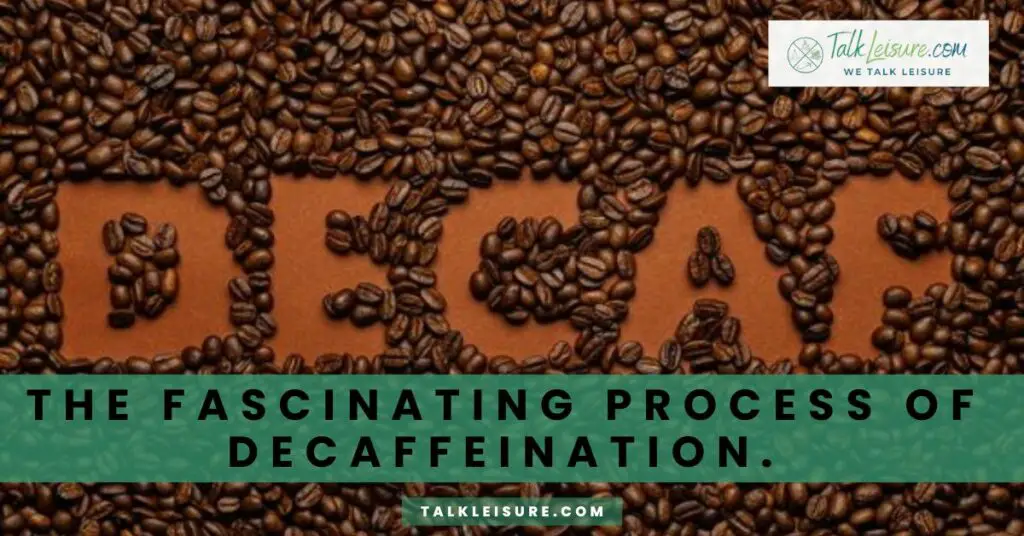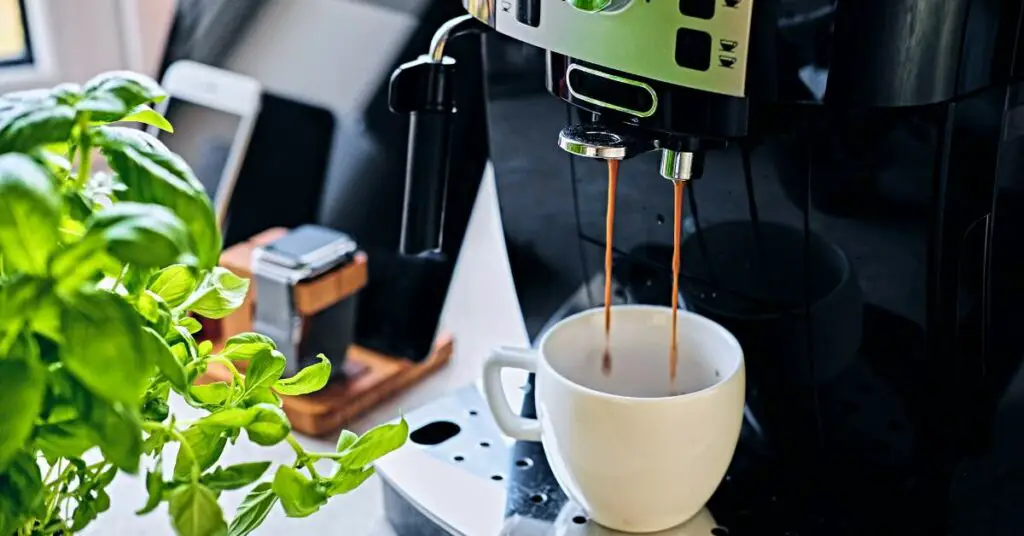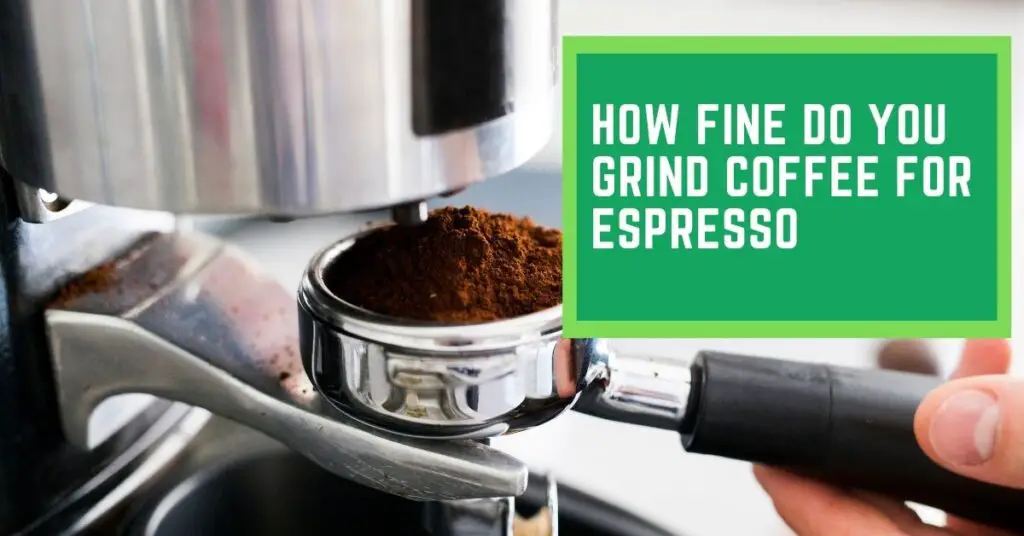Process of Decaffeination
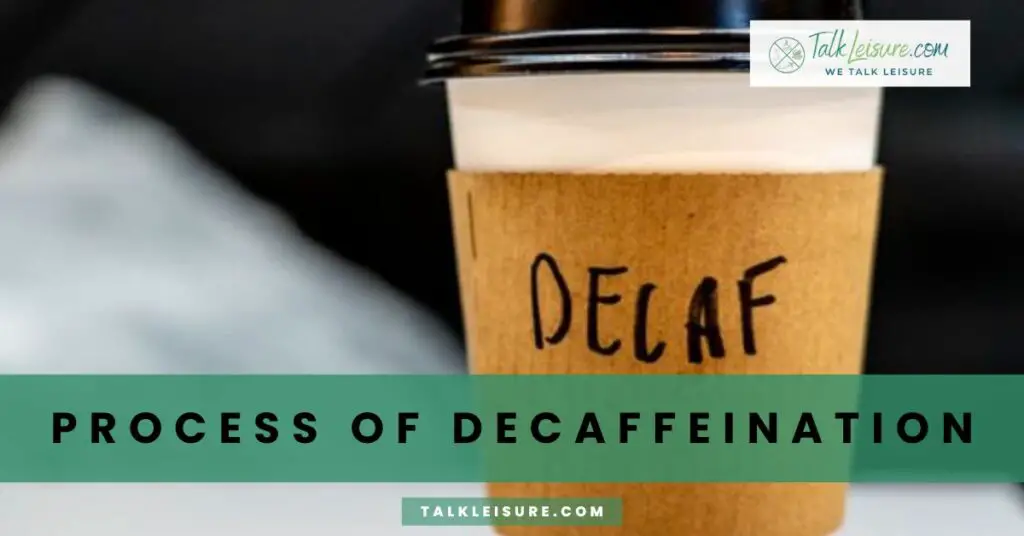
Decaffeination is a fascinating process that allows coffee lovers who may be sensitive to caffeine to still enjoy the rich and flavorful taste of coffee.
In this blog, we will explore the importance and demand for decaffeinated coffee, as well as provide a brief overview of the methods used for decaffeination.
The Importance and Demand for Decaffeinated Coffee
Many people enjoy the aroma and taste of coffee, but they may want to avoid the stimulating effects of caffeine.
Whether it’s due to health reasons or personal preference, decaffeinated coffee provides a great solution for coffee enthusiasts.
It allows them to savor their favorite beverage without the worry of experiencing jitters or sleep disturbances.
The demand for decaffeinated coffee has been steadily increasing over the years.
Coffee shops and supermarkets now offer a wide variety of decaf options to cater to this growing market.
Decaffeinated coffee has become a popular choice among those who enjoy the experience of drinking coffee but prefer to limit their caffeine intake.
Methods of Decaffeination

There are several methods used to decaffeinate coffee, each with its own unique process.
The most common methods include the Swiss Water Process, the Direct Solvent Method, and the Carbon Dioxide Method.
The Swiss Water Process involves soaking the green coffee beans in hot water to extract the caffeine, then using activated charcoal filters to remove the caffeine from the water.
This process maintains the flavor compounds in the coffee to preserve its taste.
The Direct Solvent Method uses a solvent, such as ethyl acetate or methylene chloride, to extract the caffeine from the beans.
The solvent is then evaporated, leaving behind decaffeinated coffee beans. This method is efficient, but it can alter the flavor profile of the coffee.
The Carbon Dioxide Method involves using high-pressure carbon dioxide to extract the caffeine from the beans.
This method maintains the flavor components of the coffee while removing caffeine effectively.
Solvent-based Decaffeination Methods
The Common Solvent-based Decaffeination Process
Solvent-based methods are widely used in the decaffeination process and involve the use of solvents to extract caffeine from the coffee beans.
The two most common solvent-based methods are the Direct Solvent Method and the Indirect Solvent Method.
Direct Solvent Method: the green coffee beans are steamed to open their pores, allowing the solvent to easily penetrate and extract the caffeine. Then, a solvent like ethyl acetate or methylene chloride is introduced to dissolve the caffeine. The solvent is then separated from the beans, and the beans are dried to remove any residual solvent.
Indirect Solvent Method: a similar process, but instead of directly applying the solvent to the beans, the beans are submerged in hot water first. The water extracts the caffeine and other soluble compounds, and then a solvent is used to separate the caffeine from the water. The solvent is evaporated, leaving behind decaffeinated coffee beans.
The Effects of Solvent-based Methods on Taste and Aroma
Solvent-based decaffeination methods can have an impact on the taste and aroma of the coffee.
While these methods effectively remove caffeine, they can also extract some of the flavor compounds from the beans.
This can result in a slightly altered taste compared to non-decaffeinated coffee.
Water-based Decaffeination Methods
When it comes to decaffeinating coffee, water-based methods offer a natural and environmentally-friendly alternative.
These methods primarily involve the use of water to extract the caffeine from the beans, resulting in a cleaner and chemical-free decaffeination process.
One popular water-based decaffeination method is known as the Swiss Water Process.
In this method, the green coffee beans are soaked in hot water, which helps to dissolve the caffeine.
The caffeine-rich water is then passed through activated carbon filters, which selectively remove the caffeine while leaving behind the flavor compounds.
The filtered water is then reused in the process, making it a sustainable method.
Carbon Dioxide (CO2) Decaffeination Process
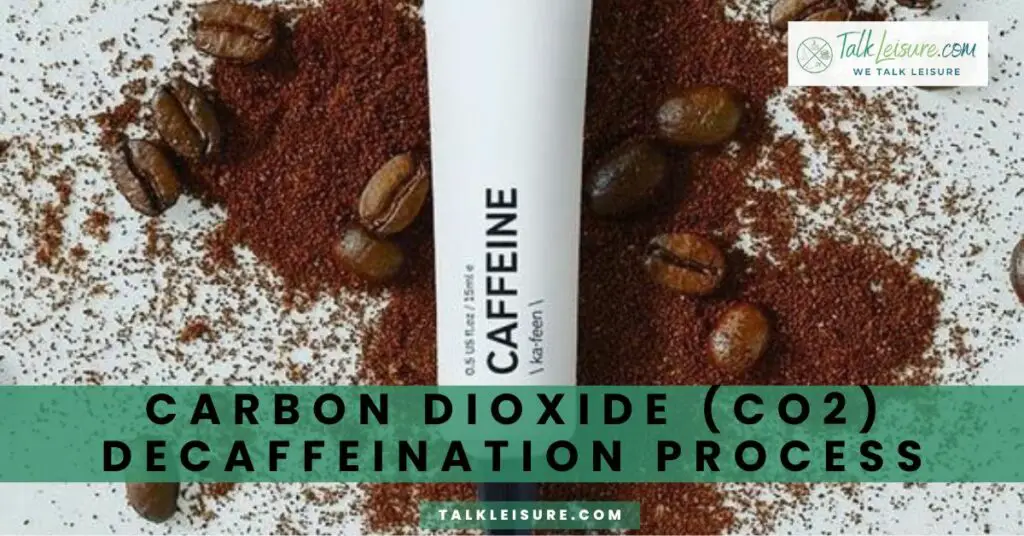
When it comes to decaffeinating coffee, the use of carbon dioxide (CO2) as a solvent has gained popularity for its effectiveness and safety.
This method involves using pressurized CO2 to extract caffeine from coffee beans while preserving the taste and aroma.
The CO2 decaffeination process begins with moistened and pre-treated coffee beans, which are then placed in a chamber.
High-pressure CO2 is introduced, causing it to penetrate the beans and bond with the caffeine molecules. This process is known as extraction.
Once the caffeine bonds with the CO2, the solution is transferred to a separate container, where a drop in pressure allows the CO2 to return to its gaseous state.
This process is called the decaffeination stage, as the caffeine is separated from the CO2.
The CO2 gas is then recompressed and reused in the next batch, making it a sustainable and environmentally-friendly method.
The decaffeinated coffee beans are left with minimal residual CO2, which is naturally evaporated during the roasting process.
Swiss Water Process
As a coffee lover, you may be wondering how your favorite drink can be enjoyed without the jolt of caffeine.
Well, that’s where the fascinating Swiss Water process comes in.
This decaffeination method has gained popularity for its ability to remove caffeine while preserving the rich flavors and aromas of the coffee beans.
The Swiss Water process begins with a batch of high-quality coffee beans. These beans are soaked in pure, clean water to extract the soluble flavor compounds, including caffeine.
The resulting liquid, known as the green coffee extract, is then passed through a special carbon filter that selectively captures the caffeine molecules.
As the green coffee extract passes through the filter, the caffeine molecules stick to the charcoal, while the flavor compounds remain untouched.
Once the caffeine has been removed, the coffee beans are no longer suitable for use in a regular brew.
However, they still retain their rich flavors and aromas.
These decaffeinated beans are then dried and roasted to perfection, ready to be enjoyed by anyone looking for a caffeine-free cup of joe.
The Swiss Water process stands out for its natural and chemical-free approach.
Unlike other decaffeination methods, it does not use any solvents or chemicals to remove caffeine.
This ensures that the decaf coffee produced through this process is free from any residue or potential health risks associated with such substances.
Conclusion
As a coffee lover, it’s important to address the misconceptions surrounding decaf coffee.
While some believe it lacks flavor and health benefits, the truth is that decaf coffee is made from real coffee beans and can provide a delicious and caffeine-free experience.
The decaffeination process is fascinating and has come a long way in preserving the flavors and aromas of the coffee beans.
Frequently Asked Questions
Does decaf coffee have any caffeine?
Yes, decaf coffee still contains small amounts of caffeine. However, the caffeine content is significantly lower compared to regular coffee. On average, a cup of decaf coffee contains about 2-5 milligrams of caffeine, while a cup of regular coffee can contain anywhere from 95-200 milligrams of caffeine.
How is caffeine removed from coffee beans to make decaf coffee?
There are different methods used to remove caffeine from coffee beans. The most common methods include the Swiss Water process, the Direct solvent method, and the Carbon dioxide (CO2) method. Each method involves extracting the caffeine from the beans while preserving the flavors and aromas.
Does decaf coffee taste different from regular coffee?
Decaf coffee can have a slightly different taste compared to regular coffee, but the difference is often minimal. The flavors and aromas of the coffee beans are preserved during the decaffeination process, so decaf coffee can still provide a rich and enjoyable taste.
Is decaf coffee healthier than regular coffee?
Decaf coffee offers similar health benefits to regular coffee, such as antioxidants and potential protection against certain diseases. However, it is important to note that decaf coffee may still contain trace amounts of chemicals used in the decaffeination process, depending on the method used. It is always recommended to choose decaf coffee that is processed using natural and chemical-free methods.
Can I drink decaf coffee if I am sensitive to caffeine?
Decaf coffee is a great option for individuals who are sensitive to caffeine. While it still contains small amounts of caffeine, it is significantly lower compared to regular coffee. However, if you are highly sensitive to caffeine, you may want to opt for a caffeine-free alternative like herbal tea.
Can I enjoy decaf coffee without compromising on flavor?
Absolutely! Decaf coffee can provide a satisfying and enjoyable coffee experience without the caffeine buzz. There are many brands that offer a wide range of flavors and roasts for decaf coffee, ensuring that you can find something that suits your taste preferences. Experimenting with different brands and brewing methods can help you discover the decaf coffee that you love.
Best Wishes!

